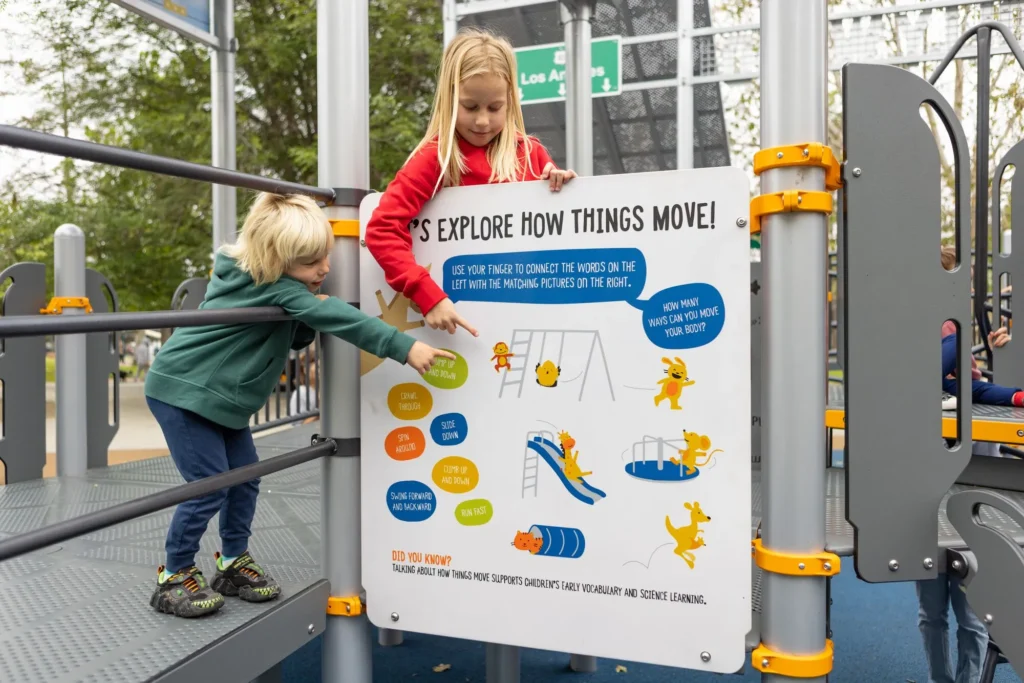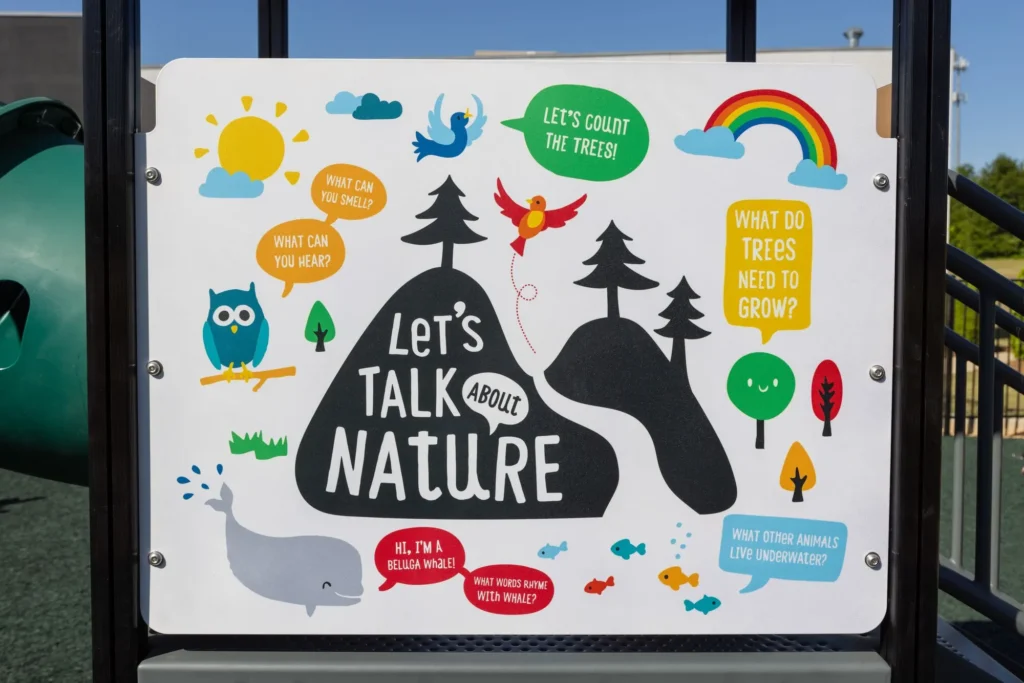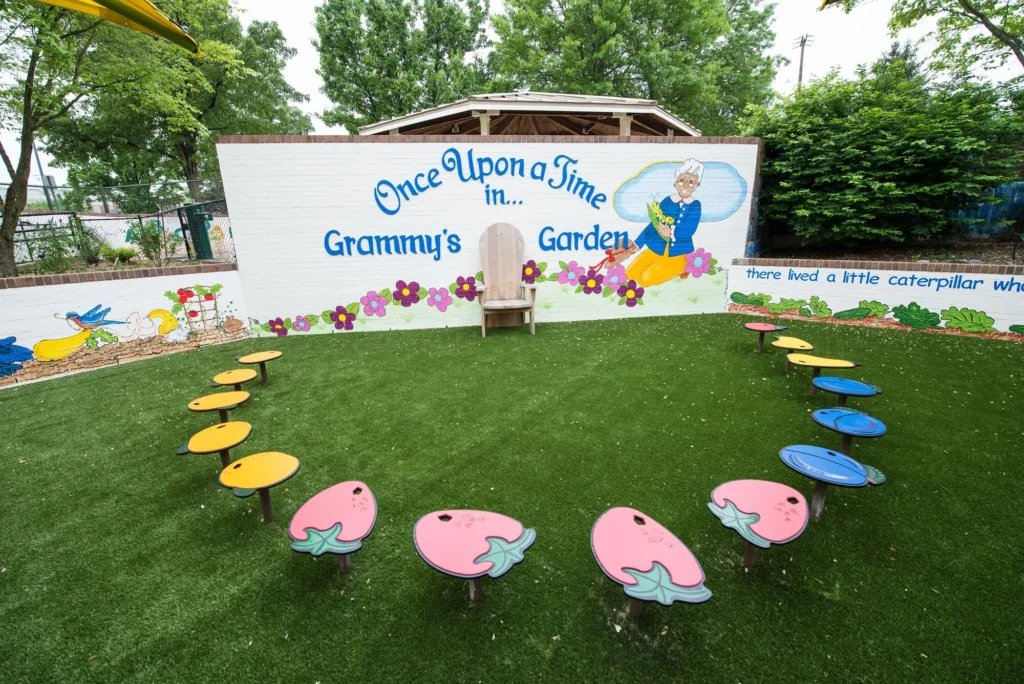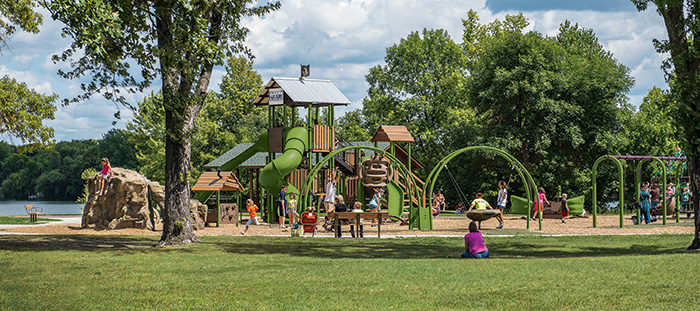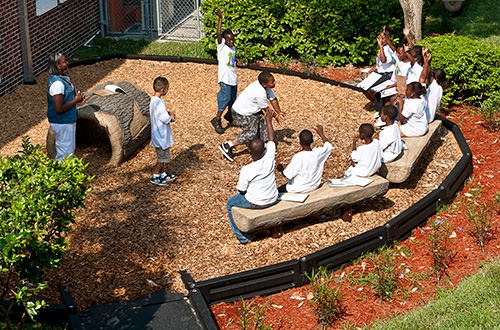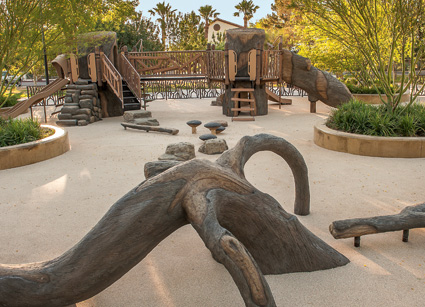Playgrounds offer learning and growth opportunities, not just fun and physical activity. Incorporate educational elements into your playground designs to foster cognitive, social and physical development. Explore some effective ways to infuse educational playground designs into your school, childcare or community playgrounds below.

Themed Playground Structures
Consider incorporating educational playground design themes into the design of your playground environment. Whether it’s a nature-inspired structure or a space-themed play area, themed elements can spark children’s imagination and encourage imaginative play. Themed playground components like climbing walls resembling mountains and entire structures offer endless learning possibilities.


Alphabet and Number Panels
Integrate alphabet and number panels into your playground. These play panels, installed on walls or integrated into climbing structures, help children learn letters and numbers as they play. Encourage interactive learning by incorporating sensory elements, such as different textures and braille.
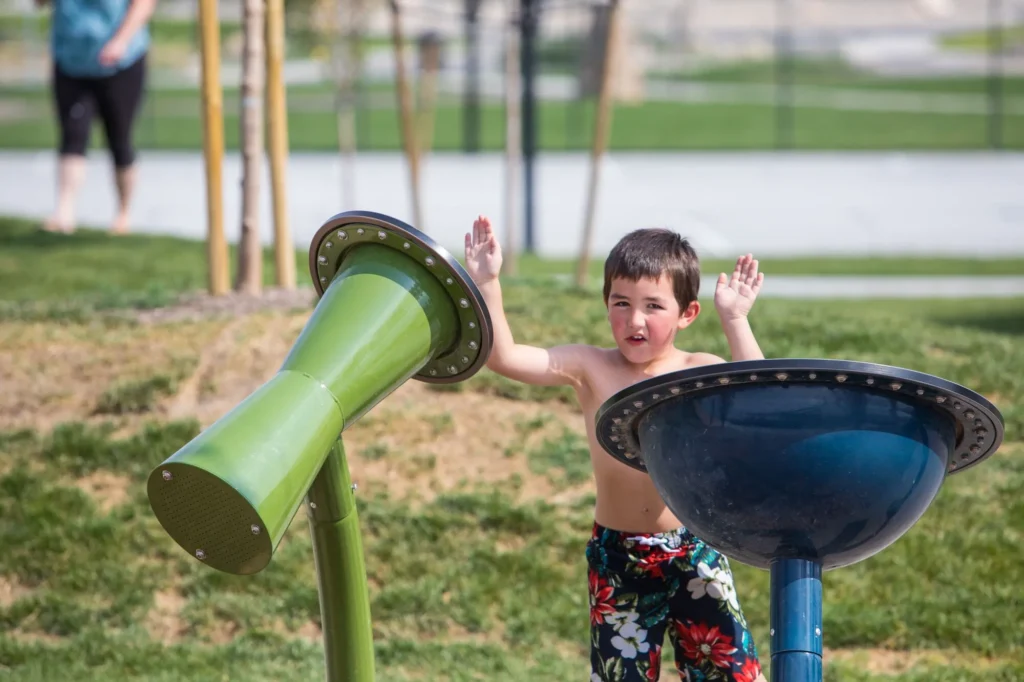
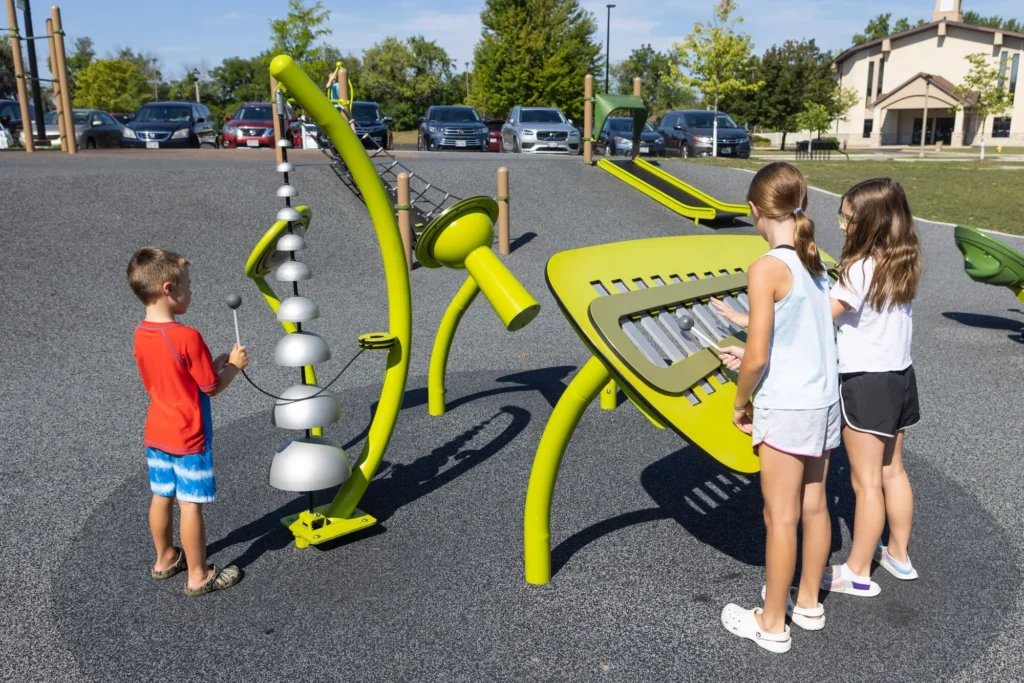
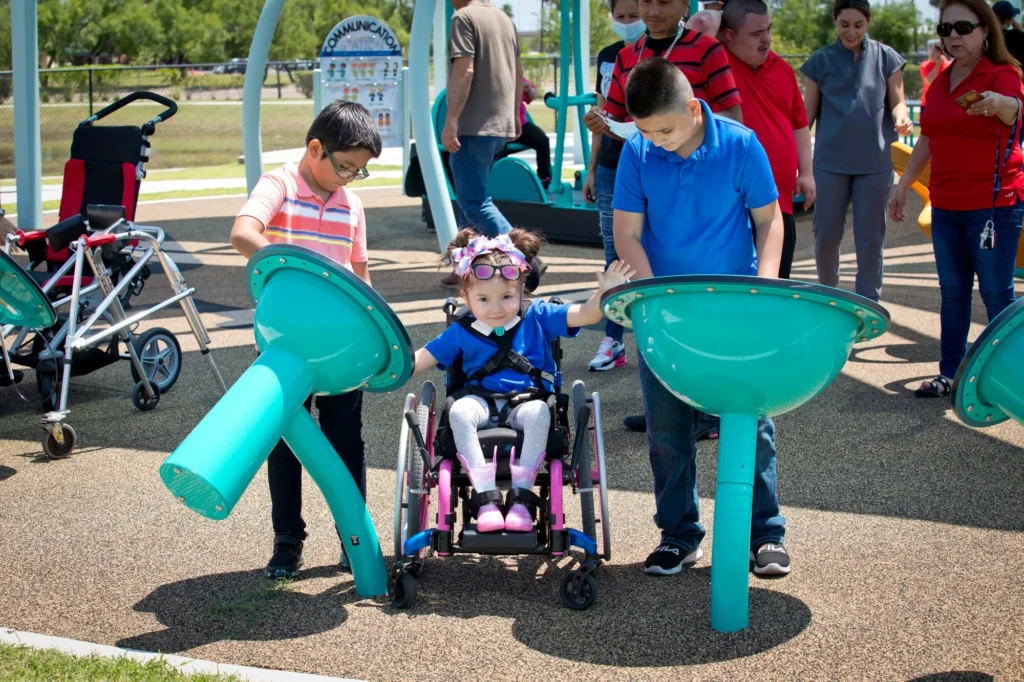
Musical Play Equipment
Including musical elements like our Rhapsody® Outdoor Musical Instruments in your playground can enhance auditory skills and creativity. Install a selection of chimes, metallophones and drums to engage children in musical exploration. These features encourage collaboration, rhythm recognition and the development of fine motor skills.
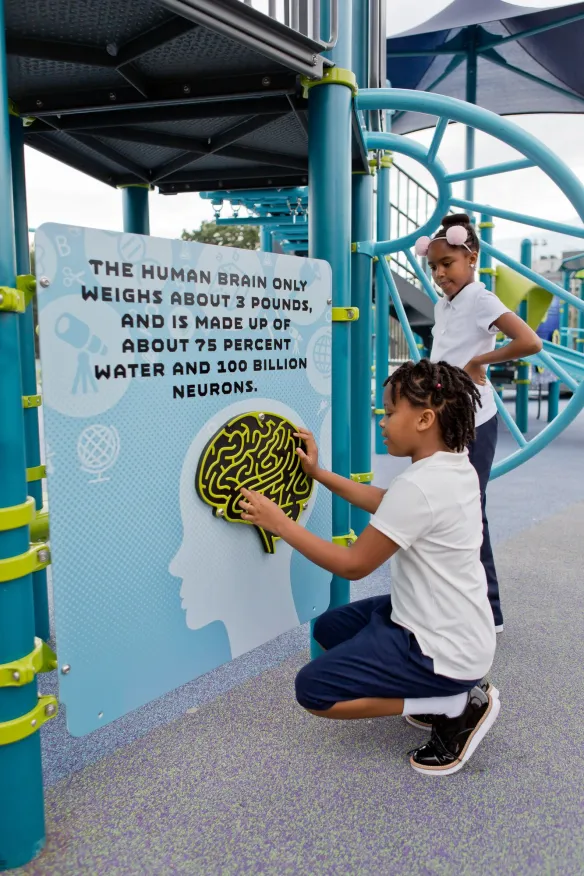
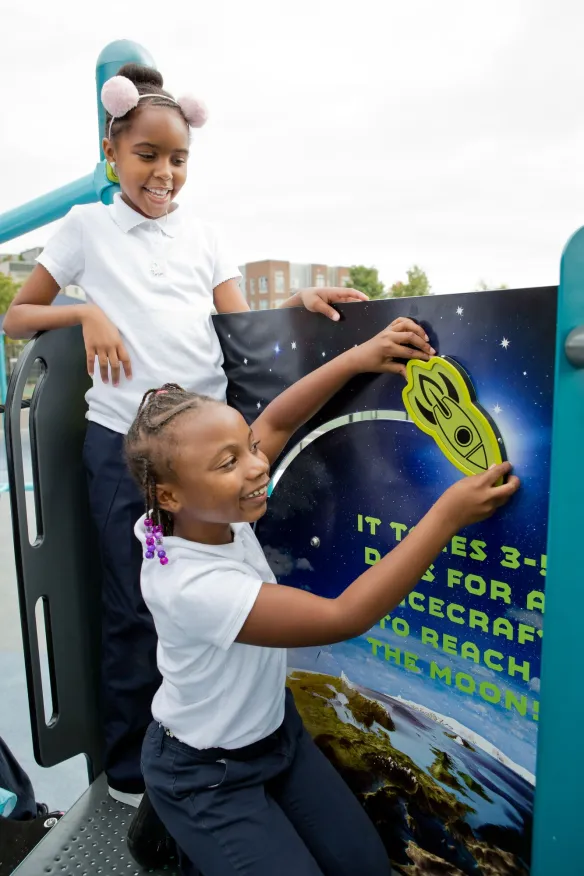
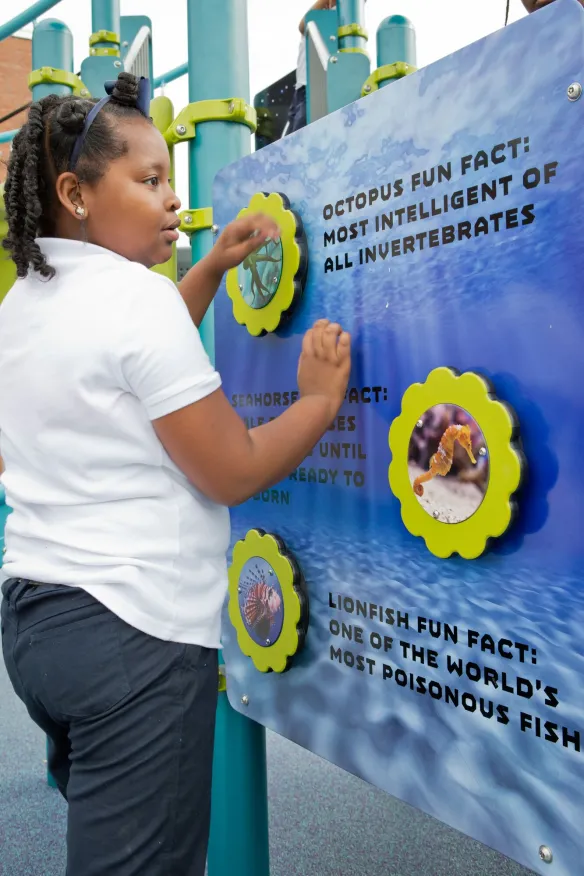
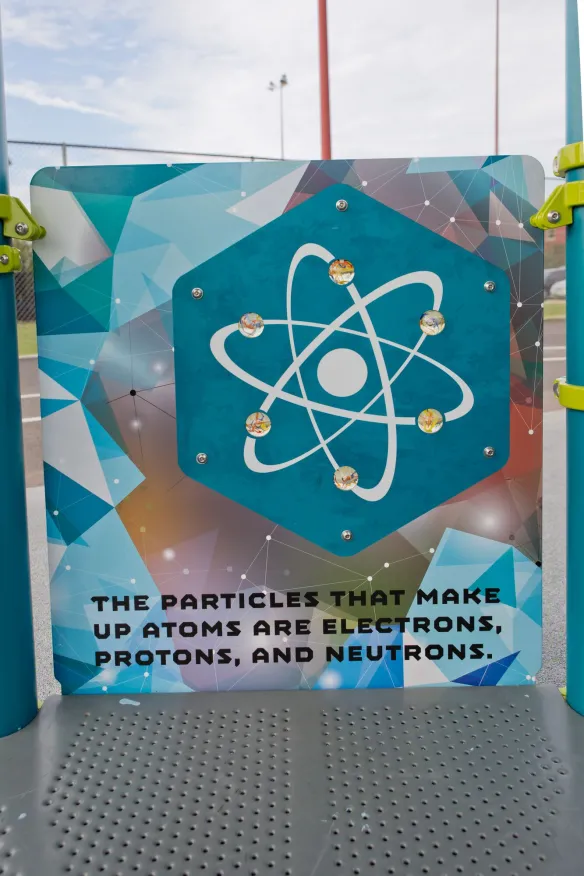
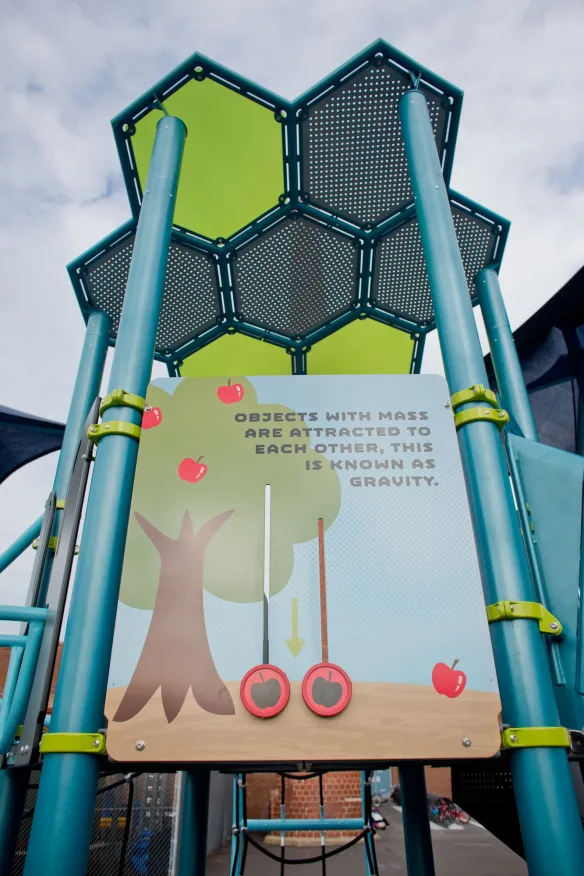
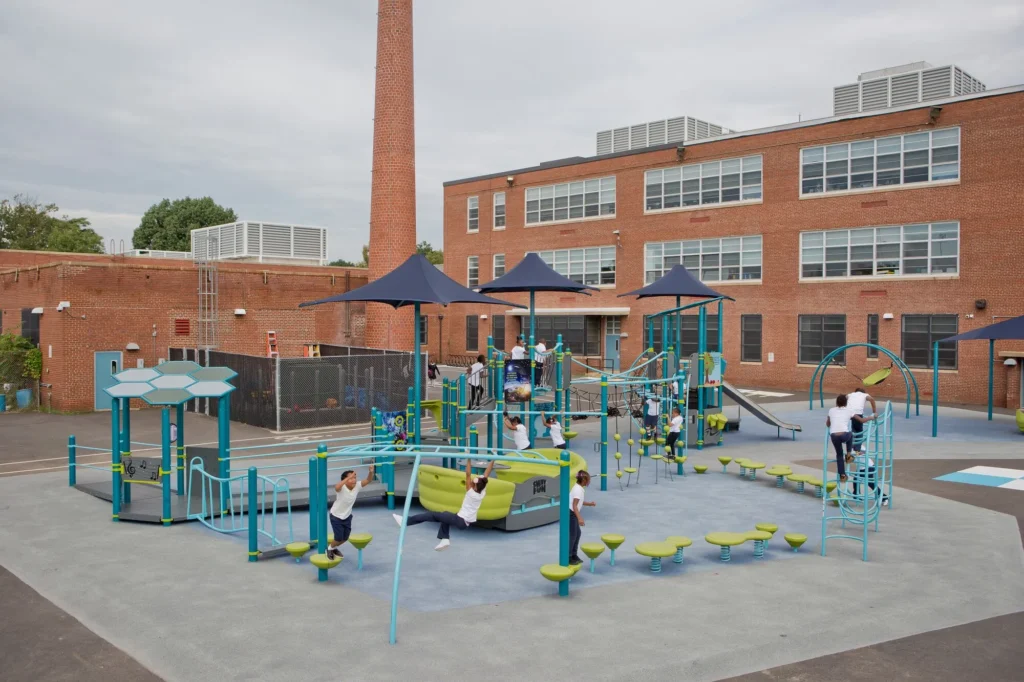
Science and Nature Zones
Create dedicated spaces where children can explore scientific concepts and nature. Incorporate planters for gardening, sensory paths for tactile experiences and weather stations to teach about climate. By encouraging hands-on learning, you can foster curiosity and a deeper understanding of the natural world.
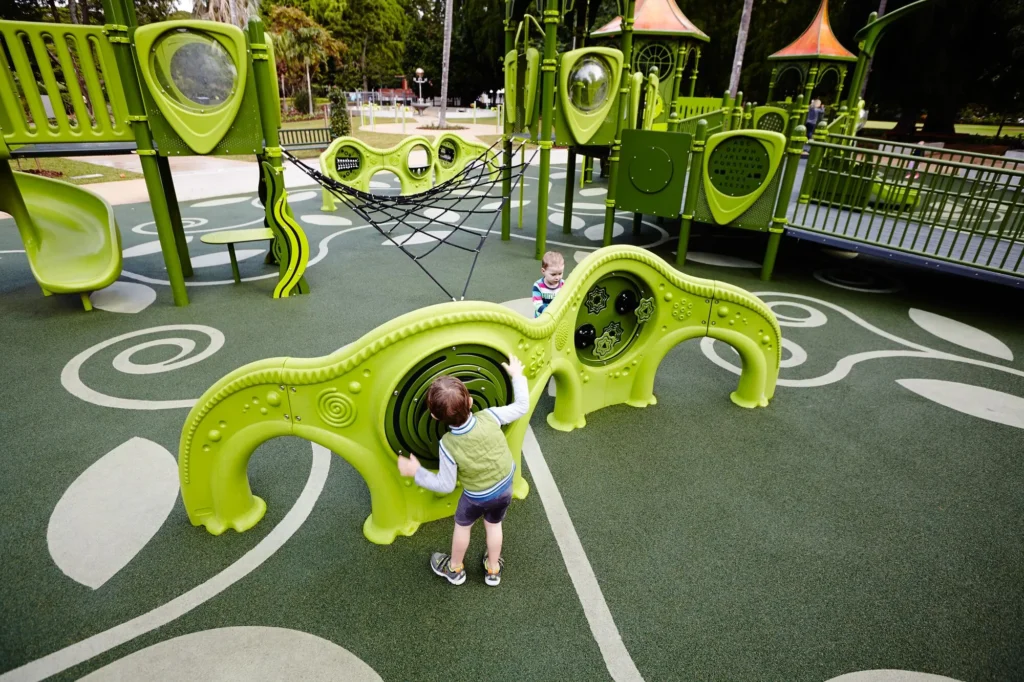
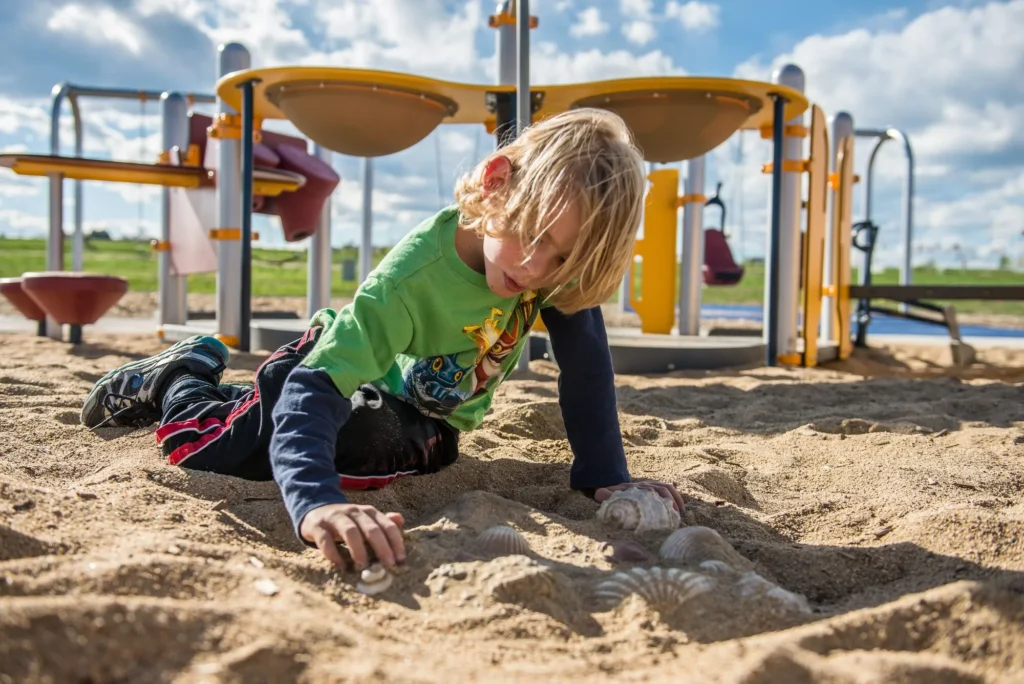
Sensory Play Stations
Incorporate sensory play elements into your playground design. Sand play like fossil digs, water play areas, and interactive sensory walls stimulate children’s senses and promote cognitive development. Sensory play encourages problem-solving, fine motor skills and social interaction.
Storytelling and Reading Nooks
Designate areas for storytelling and reading within the playground. Install benches, small libraries or even mini amphitheaters where children can gather for storytime. We also love incorporating Talking is Teaching panels from Too Small to Fail into the playground design. Story trails along a walking path also encourage children and caregivers to talk, read and sing with each other. Encouraging literacy in a playful environment fosters a love for reading and language development.
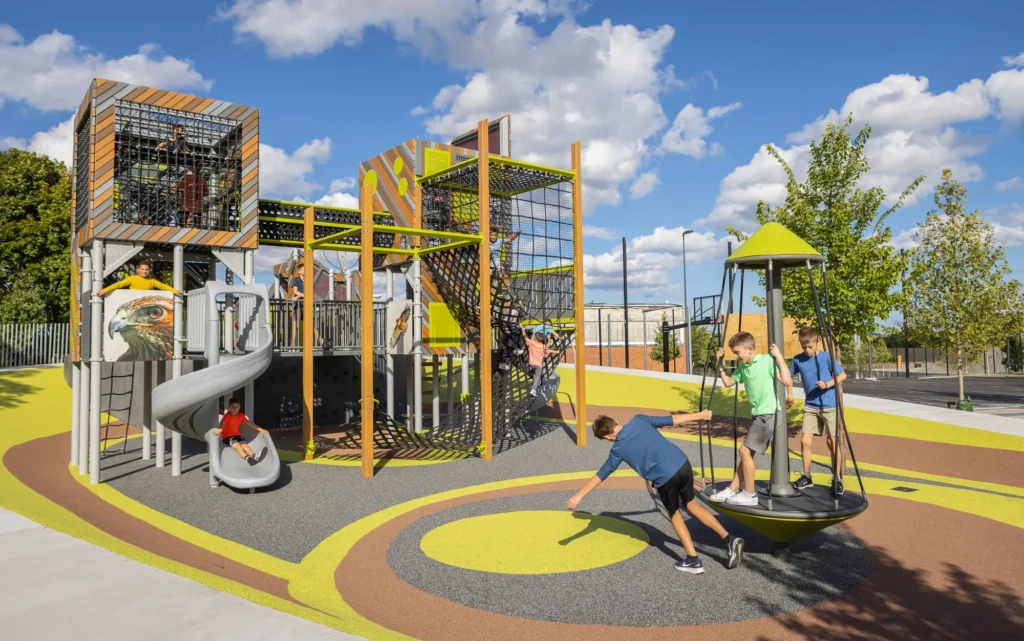
Incorporating educational elements into your community, childcare and school playground designs create an enriching play space for children. Themed playstructures, alphabet panels and outdoor musical instruments are a few examples of how to infuse learning opportunities into the playground. Remember to consider age-appropriate designs and create an inclusive play environment that caters to children of all abilities. The combination of play and education will not only ignite children’s creativity and curiosity, but also provide a foundation for their lifelong love of learning.

